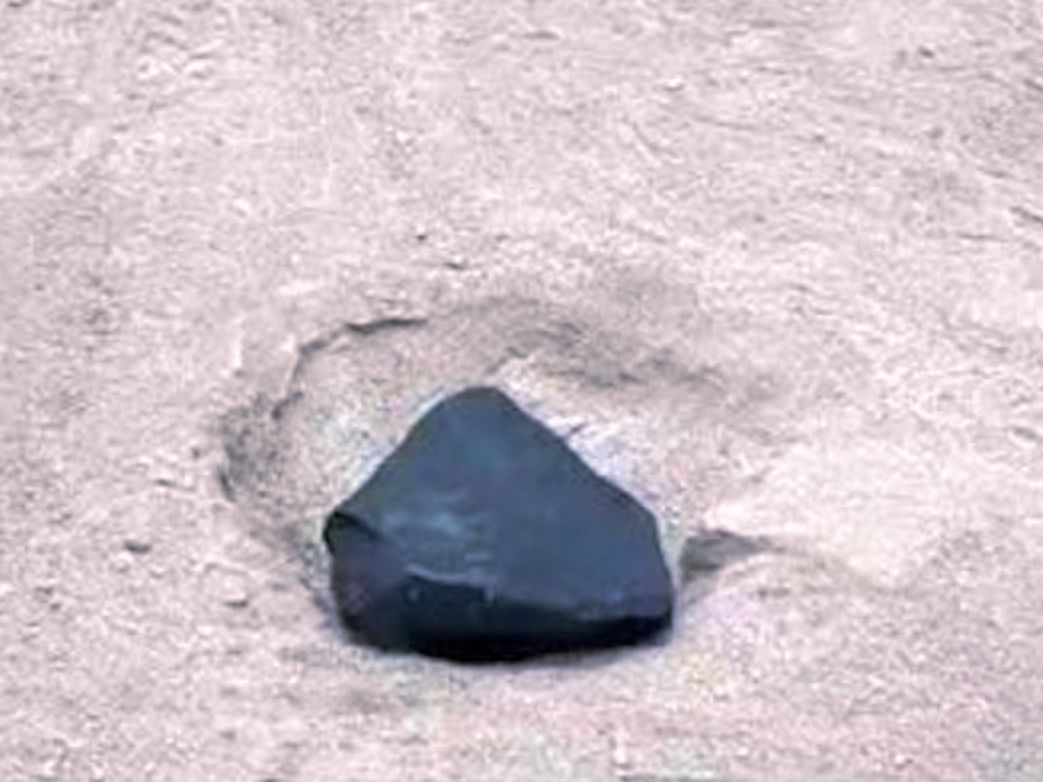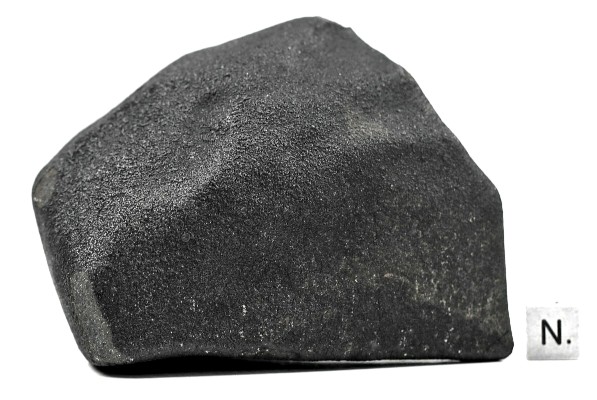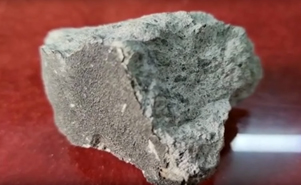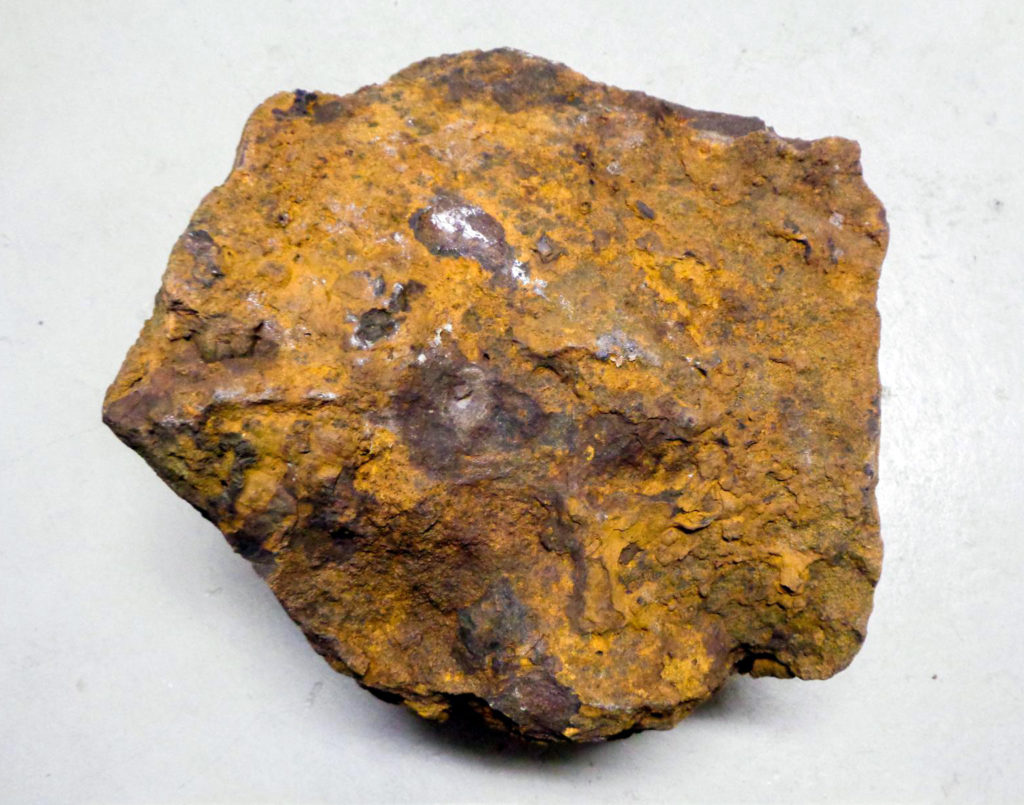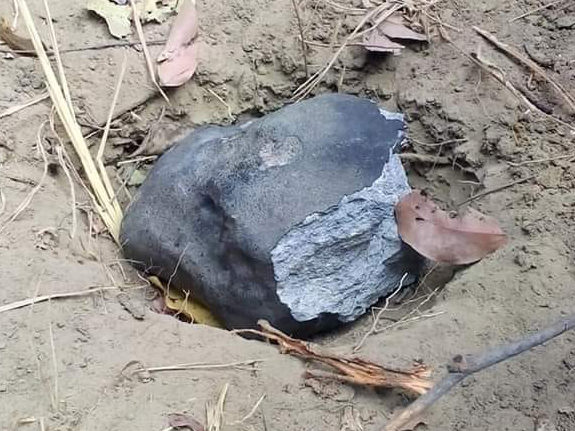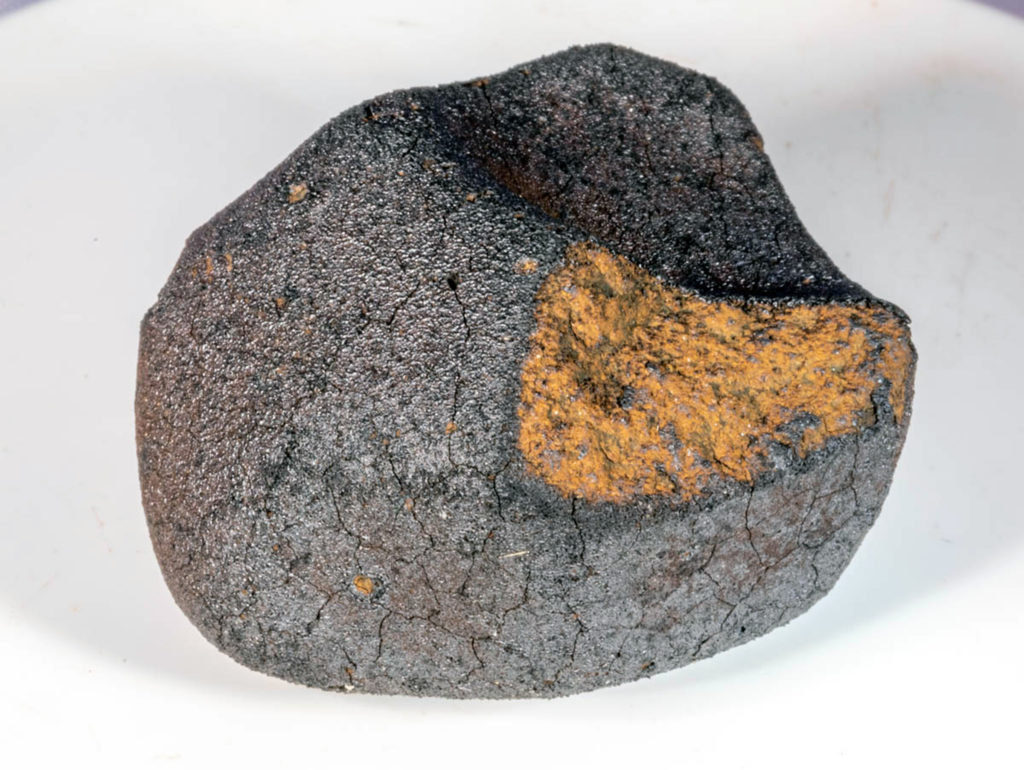Simulating the Benešov bolide flowfield and spectrum at altitudes of 47 and 57 km
Christopher O. Johnston, Eric C. Stern, Jiří Borovička
Icarus
In Press, Journal Pre-proof, Available online 10 August 2020
“Highlights
• State-of-the-art meteor flowfield and luminosity model developed for the continuum flow regime.
• Developed model includes finite-rate chemistry, nonequilibrium radiation, coupled ablation, and coupled radiation.
• Model compares favorably with Benesov spectral radiation measurements at 47 and 57 km altitude.
• Favorable comparison with Benesov measurements provides a level of validation not previously demonstrated for a meteor flowfield and radiation model.”
“This paper develops a computational fluid dynamics capability for simulating the radiative emission from a meteor shock-layer and wake to an external observer. The developed capability includes the impact of radiation and ablation on the meteor flowfield, where coupled radiation accounts for the impact of radiation on the flowfield energy equations and coupled ablation accounts for the injection of ablation species from the meteoroid surface into the flow. This capability includes updated flowfield chemistry and nonequilibrium radiation models, which are compiled from the literature. To provide a level of validation for this capability, the Benešov spectral measurements are considered. Although the meteoroid was likely fragmented at the 47 and 57 km altitudes considered, and the measurement uncertainty is roughly ± 50%, these measurements represent the best available spectral measurements for a relatively large (meter-class) bolide. To determine the equivalent meteoroid diameter for the Benešov simulations, the continuum component of the spectrum in the 570 to 610 nm range is considered. This wavelength range is dominated by air emission from the high pressure and temperature shock-layer in front of the meteoroid, which is simulated with a relatively small uncertainty (compared to the wake emission) and is sensitive to the equivalent meteoroid diameter. Because of these characteristics, the simulated meteoroid diameter is adjusted until the continuum component in this wavelength range matches the measurements. This results in equivalent diameters ranging from 0.62 to 0.9 m. The range of equivalent diameters is due to the various meteoroid geometries considered, where increasing the bluntness decreases the required diameter. Applying these diameters to simulations at 47 and 57 km results in simulated spectra that compare within 30% of the measured values, considering the wavelength integrated values between 400 and 650 nm. This agreement is well within the estimated measurement uncertainty of ± 50%. All major spectral features are captured by the simulations. A comparison with the measured wake-only spectrum suggests that emission from wake locations over 150 m from the meteoroid are the primary source of the small disagreement seen between the measurements and simulations. Overall, the relatively good agreement between the simulations and measurements provides a level of validation for the developed model that has not been previously available.”

